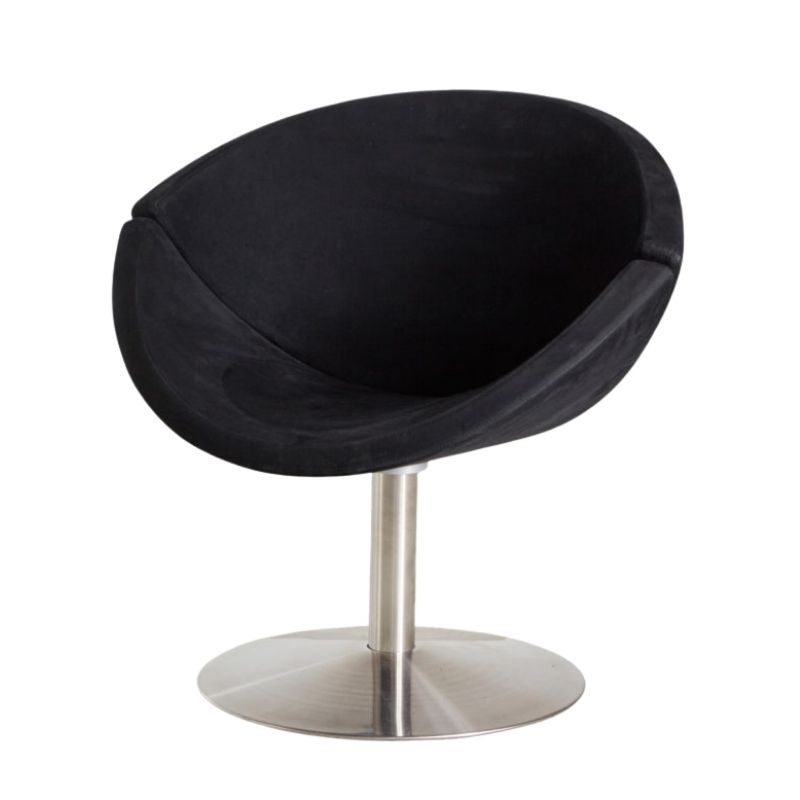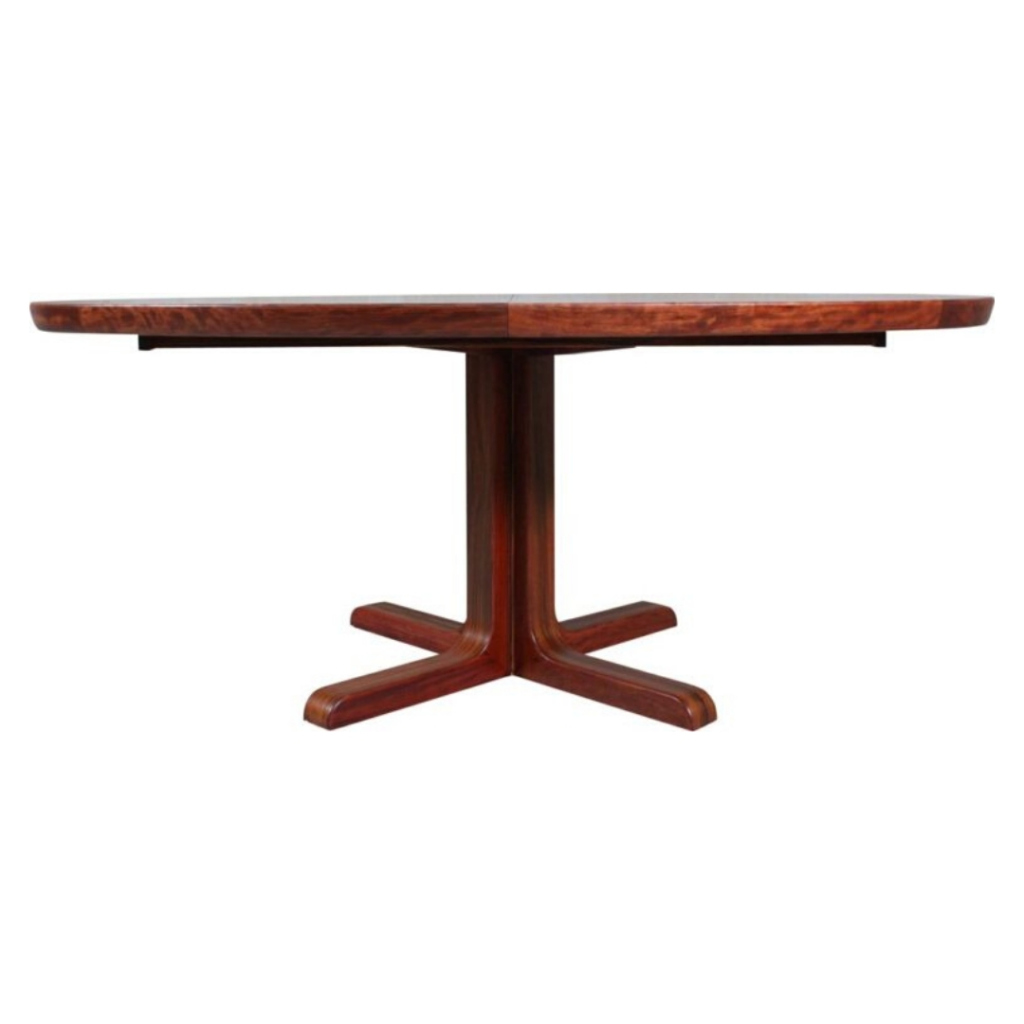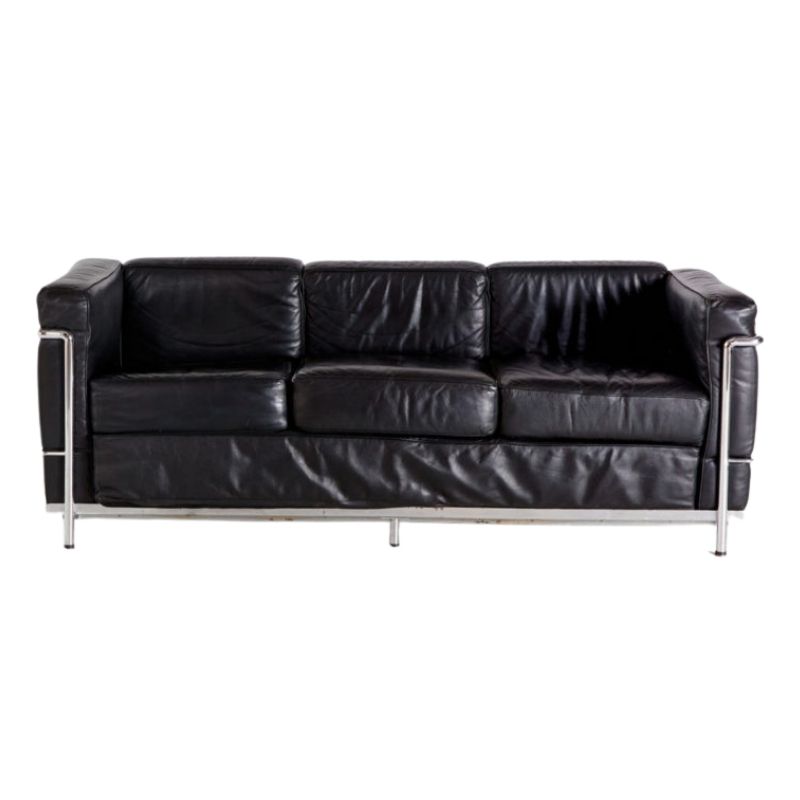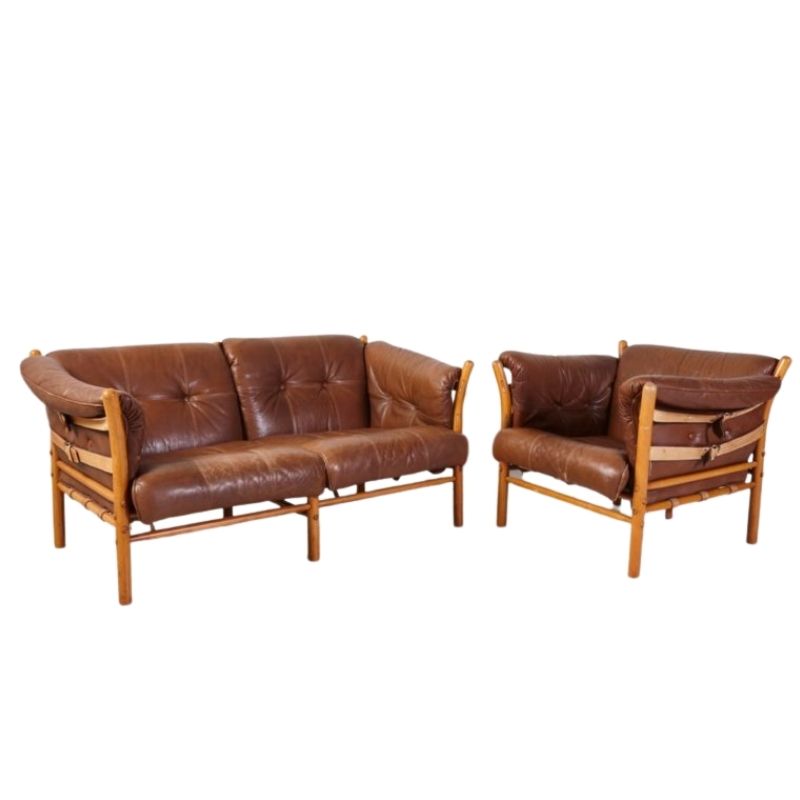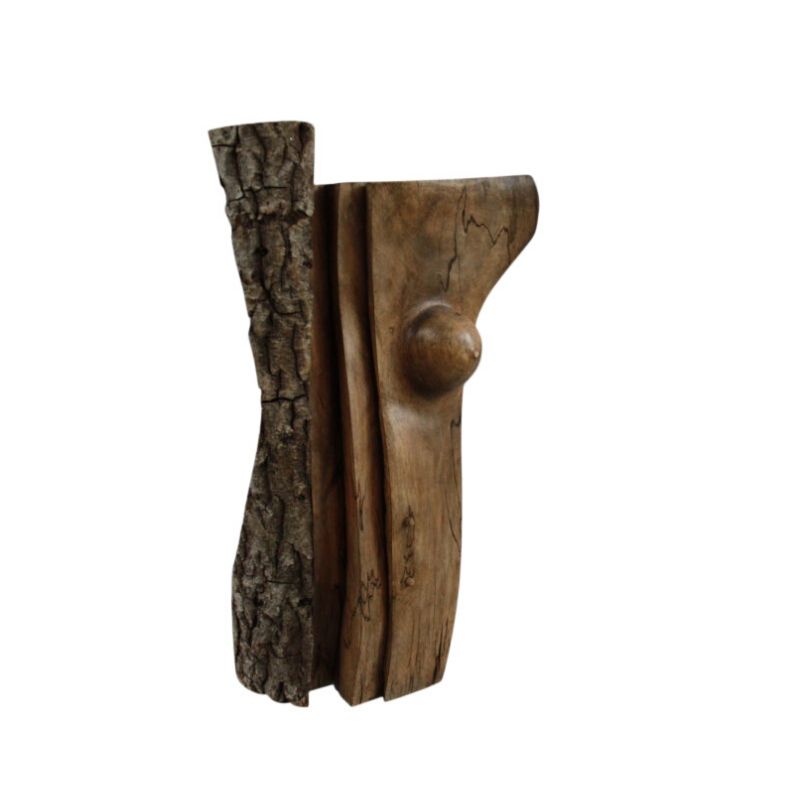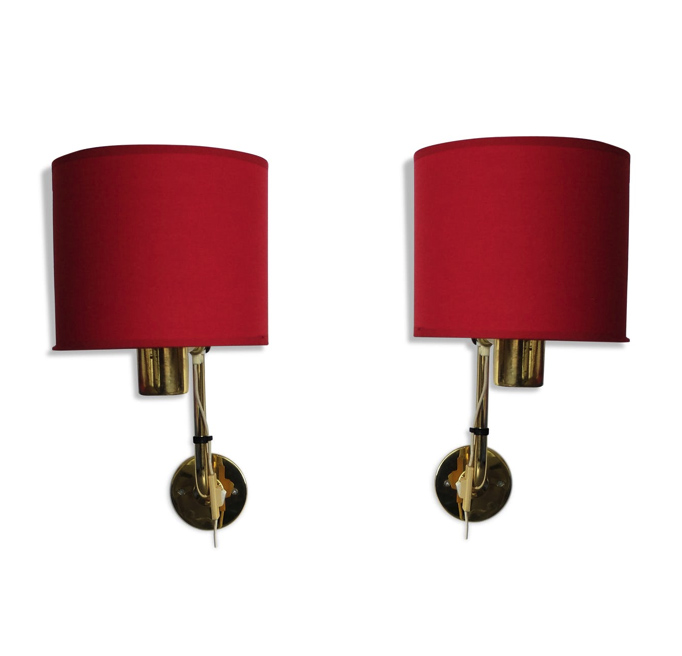I just purchased a Pontopiddan stool that was original to our house from the previous owner (finally, been trying for 7 years) but they had replaced the original leather with vinyl. I've found images online of the stool and it shows it originally had black leather. The bill for the furniture when the house was furnished in 1958 calls the stool: 1...Teak & Oxhide Tabouret.................66.00 To my question, What is Oxhide and where can I get it. Searching takes me to several leather suppliers but none of them have "Oxhide". Is this a case of a fancy name for plain old everyday cow leather or can we still find an Ox to skin? Online image...

It's all the same leather...
You just are not going to get a "sack" attached to your hide if you use "ox" hide.
"Oxen are commonly castrated adult male cattle; castration makes the animals more tractable. Cows (adult females) or bulls (intact males) may also be used in some areas."
http://www.differencebetween.net/science/nature/difference-between-ox-an...
Nice 'stache but yeah...
Nice 'stache but yeah *wince*, an Argentine friend says they're not bad eating though.
A lot of terms relating to leather usually are just referring to thickness or how the inner or outer surface is scraped or abraded, just be glad we don't use 'pure' anymore, although with all these underemployed teenagers around and so much dog crap perhaps we could come to some sort of arrangment?
Thanks
For the clarification. Looks like an easy job to get this back in shape. I was surprised at the quality of this little stool, joints are mortise and tenon.
I wasn't aware of this manufacturer until checking the labels of the other furniture that was left in the house from day one...a tea cart and a set of nesting tables, same high quality.
Hide explanations
OX hide normally comes from indian water buffalo and has heavy grain showing small imperfection like scars.
Cow hide is MANY things as the cow is slaughtered the hide is processed and spliced into lower grades of hide which is pattern corret rolled by a big press so it looks like what you see on most furniture.
The above 2 leathers are around 1.5 - 2.5mm thick and normally tanned before they are processed.
The spliced hides have a surface finish added after processing
There is now also some VERY nasty man made leather which is crap and should be avoided at all cost as this is leather fibres pressed hard together and glued onto fabric.
Then you have vinyl of course which can fool even the mest (me) when it is old.
So my advice is to speak to your local upholstery supplyer and maybe seek out a tannery as they are the most informative to leathers.
http://www.claytonleather.com/
It's all the same leather.
By that I meant that they are all the skin of the bovine species and that an Ox is technically a neutered bull.
Of course there are many grades and qualities of leather that are precessed to different degrees. I tend to favor less processed leathers, ones that show imperfections and a more natural surface texture, not one that is applied.
There are also some interesting leathers available now that are available including buffalo and deer hide as well as some that are processed without all the nasty chemicals. I like Hulshof and use it when I can afford to.
Thanks Simon for pointing out that the details matter.
My Pontoppidan....
Sorry, this is not directly related to the above,...but when you mentioned Pontoppidan I thought I might share this. I bought this at a Phila. auction about 15 years ago. It was supposed to be a gift to my young nephew, but of course I decided to keep it instead.
Also, this post is kind of a way to see if I can still remember how to post pictures. Please bear with me if I failed.
pirx pilot, not sure if you still hang out here, but your "seesaw" was designed by Johan Hagen, and part of Pontoppidan's booth at the 1963 guild exhibition.
Also a few more thoughts on cabinetmaker, Ludvig Pontoppidan:
1) Pontoppidan didn't seem to latch his horse to any one designer during the guild exhibition history, like Johannes Hansen / Hans Wegner, Niels Vodder / Finn Juhl, and A.J. Iversen / Ole Wanscher. Rather each year had pieces from multiple designers, including Ludvig Pontoppidan himself (or an uncredited in-house designer under him).
2) The most common Pontoppidan piece(s) in the US are the tea trolleys with black laminate tops, with variations of teak/rosewood, drawer (or not), and drop leaves (or not). One of my first Danish Modern acquisitions was a teak version with drawer and two drop leaves. This same '63 exhibition lists a tea trolley, designed by Pontoppidan, but does not include any photos of it.
3) There is an uncommon detail to the tea trolley leg. The first one I bought was actually damaged during white glove shipping (damaged meaning one of the legs had snapped in two, and the cart was returned for a full refund). The leg is a straight piece, with a round section and no tapering. Yet instead of a solid piece of turned teak, the leg was teak veneer wrapped around lighter wood (which I now guess was beech, but not a concern of mine back then). Anyone else come across a detail like this before, and what advantage that would have over a simple turned piece. Unfortunately, I cannot find the photos I took at the time.
4) Finally, the status of Pontoppidan as a cabinetmaker (snedkermester) was always a bit confusing for me. Before learning more about the guild exhibitions, I had always assumed Pontoppidan was one of the many mid-level manufacturers making pretty good quality pieces for the export market. I also own a Hundevad trolley and a Johannes Andersen CF Christensen trolley. If I were to order them in terms of quality construction, I would put the CFC one at the top, with the other two a short notch below. Did Pontoppidan ever morph from a cabinetmaker into more of a mass production manufacturer? Perhaps for just a few pieces like the trolleys, which are fairly easy to come by in the US?
None of this has anything to do with "Oxhide", but since there are already two fairly obscure Pontoppidan pieces in this thread, I thought it was a good one to resurrect.

If you need any help, please contact us at – info@designaddict.com




